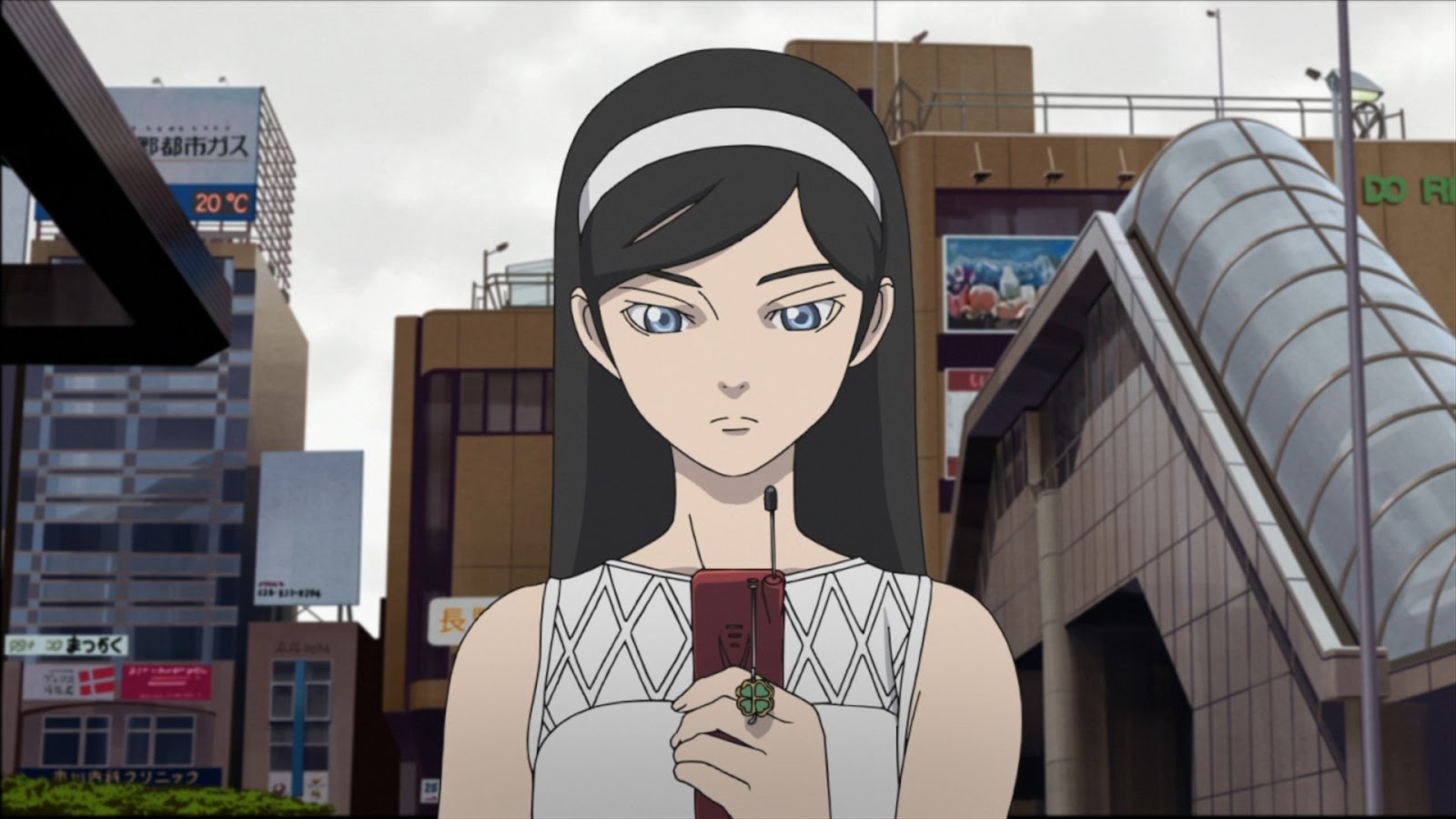Occult Academy
“Where Supernatural & Extraterrestrials Collide”
Enter a world where the occult, supernatural, and extraterrestrials come together. Explore mysteries and extraordinary phenomena that challenge what we know. Encounter powerful beings, ancient rituals, and unexplained events. Step into the unknown, where reality and fantasy blend, and the extraordinary becomes an everyday occurrence. Get ready for an adventure that will captivate you. Welcome to a realm where the occult, supernatural, and extraterrestrials collide in a spellbinding journey!
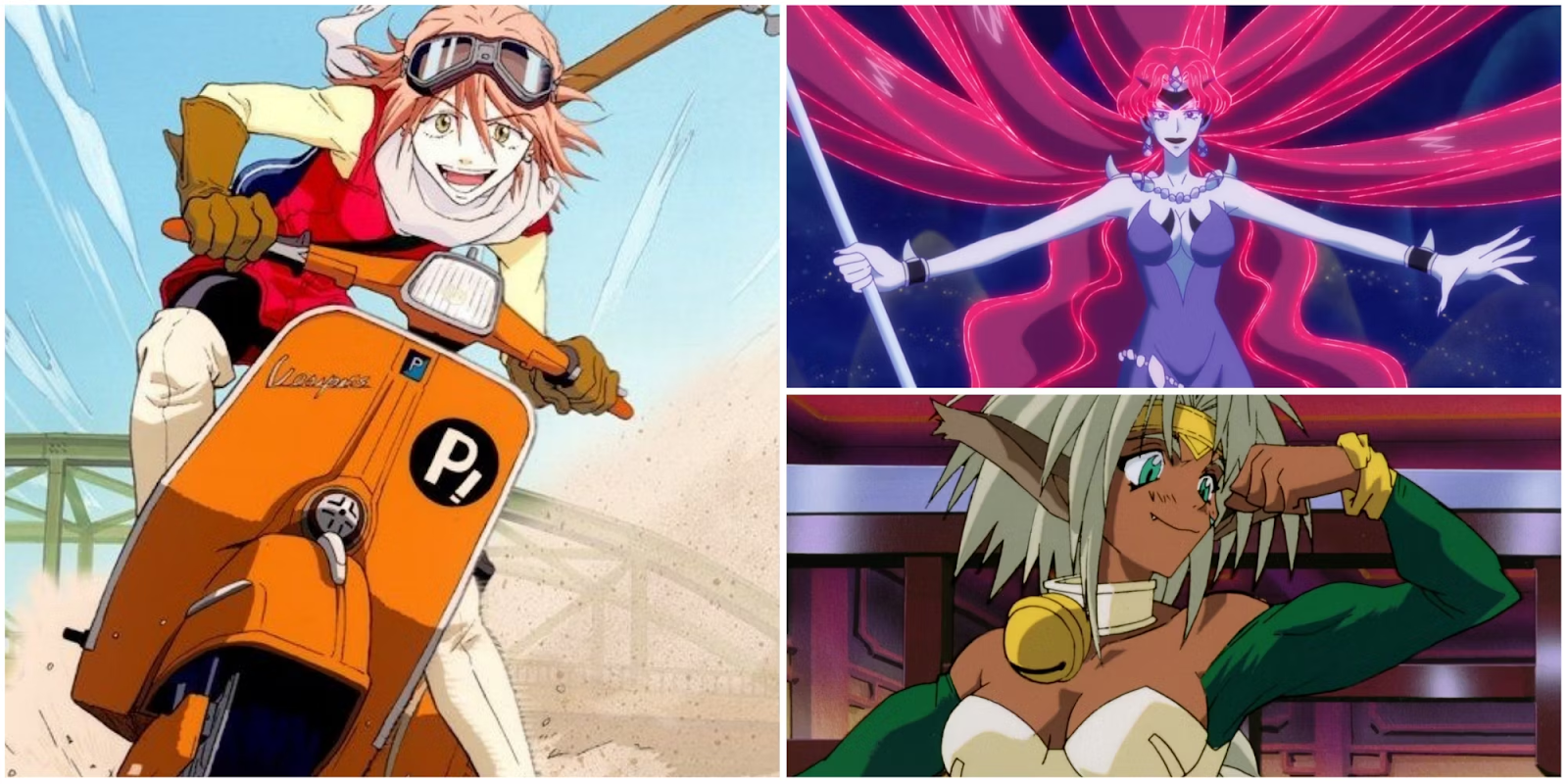
Tomohiko Ito is the creator of the Japanese anime television series Occult Academy, also known as "End of Century Occult Academy" (Seikimatsu Okaruto Gakuin). Aniplex, Xebec, and TV Tokyo Music produced the series, with NIS America, Inc. serving as the licensor. A-1 Pictures worked as the studio for the series. The anime premiered in Japan on July 6, 2010, airing on the TV Tokyo television network. This series is also the third and final project of Anime no Chikara.
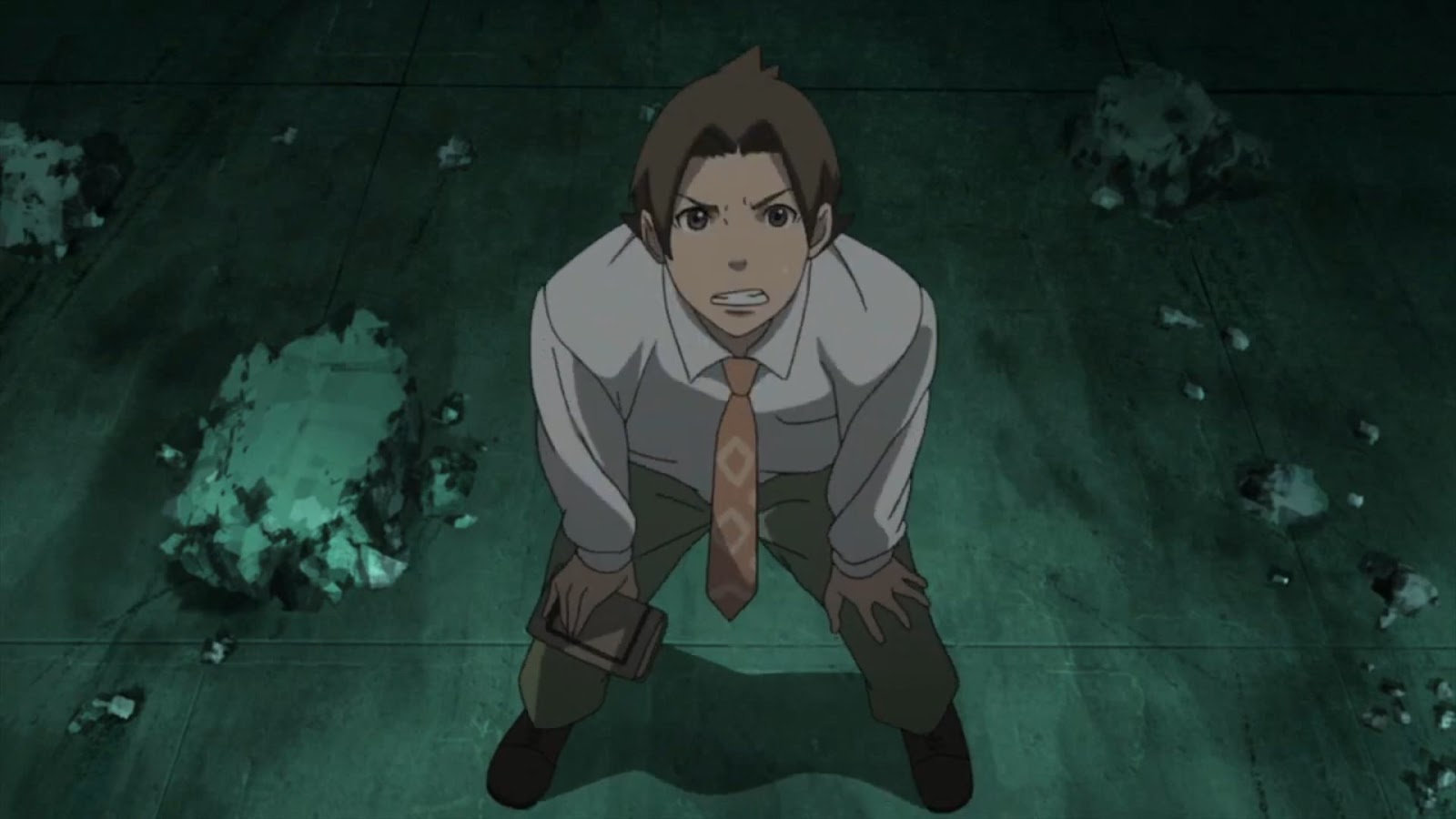
The anime consists of 13 episodes and has finished airing. It is an original source, not based on any pre-existing material. The genres of the series include comedy, mystery, sci-fi, and the supernatural, with themes revolving around school and time travel. Each episode has a duration of approximately 24 minutes, while the series is rated R, intended for viewers aged 17 and older, due to its depictions of violence and profanity.
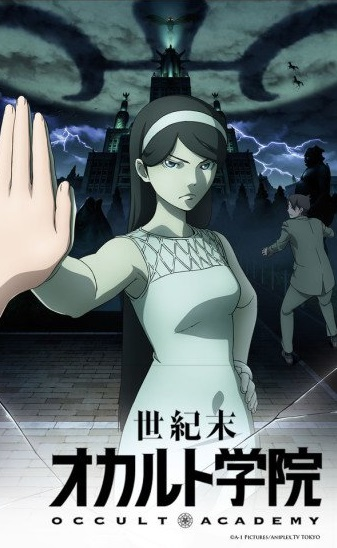
While the manga adaptation of the anime is currently being serialized in Media Factory's Monthly Comic Alive, the anime was released on DVD and Blu-ray in six volumes, with each volume containing two episodes. These also include extras, such as bonus songs performed by various voice actors for the characters, and the final volume covers the last three episodes of the series.
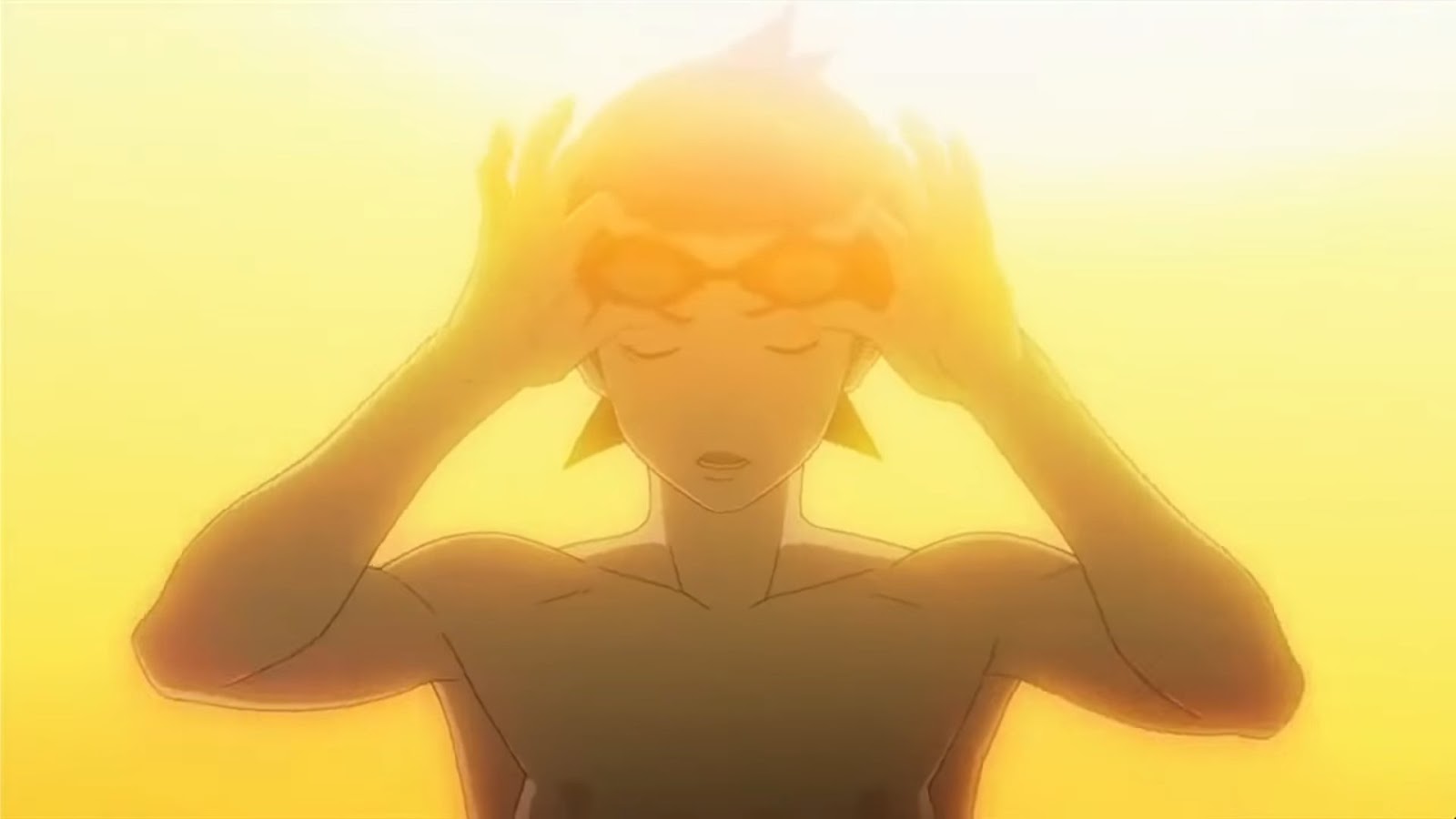
In addition to the main 13-episode series, there are four spinoff episodes, with the first one included in the second volume of the DVD/Blu-ray release. NIS America has acquired the rights to distribute the series in North America and released it on Blu-ray on May 8, 2012.
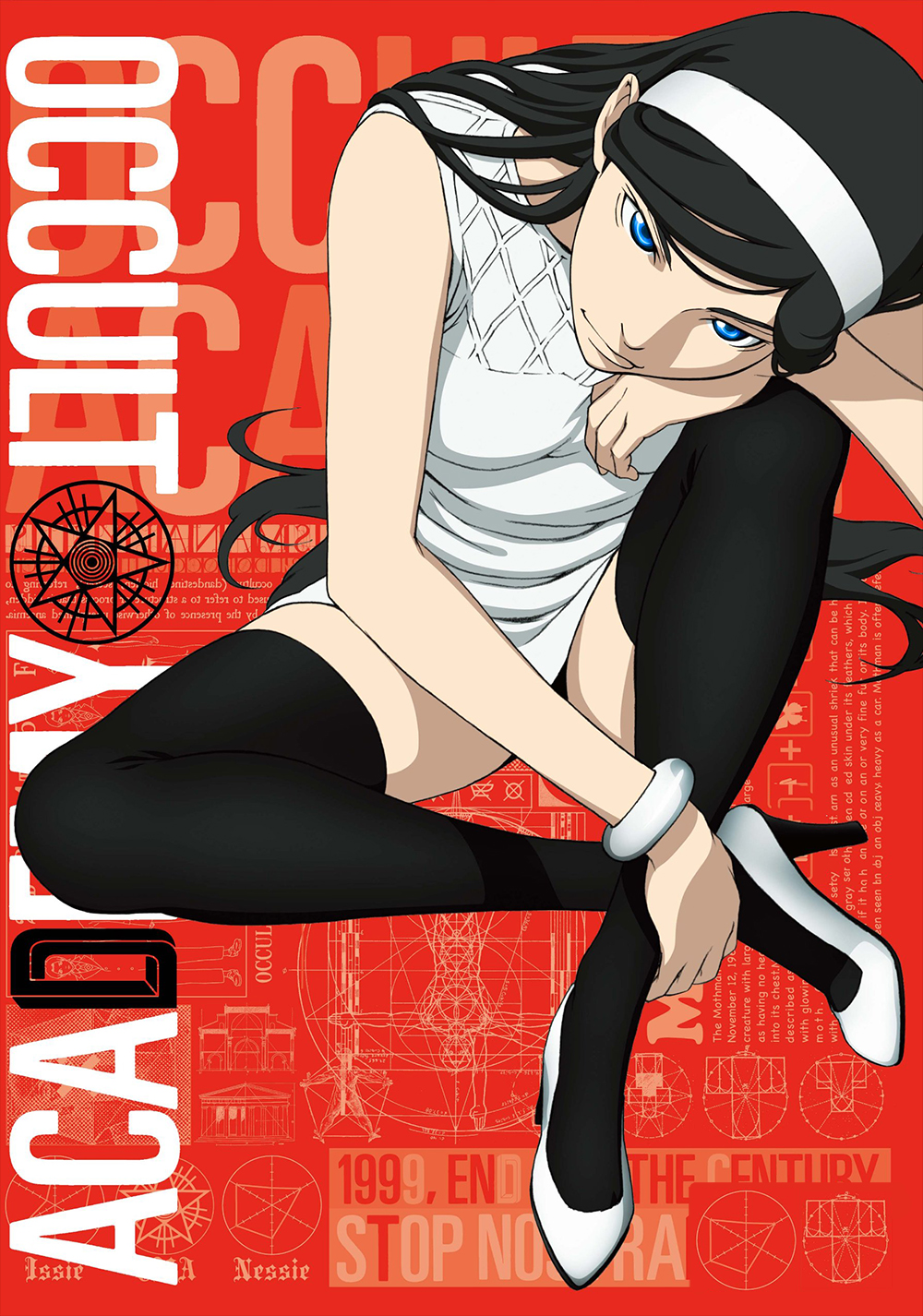
The story primarily revolves around Maya, the daughter of the former Headmaster of Waldstein Academy, and Fumiaki Uchida, a time-traveling agent. In the year 2012, the world is under invasion by aliens, and time travelers are sent back to 1999 to prevent the impending apocalypse predicted by the Nostradamus Prophecy.
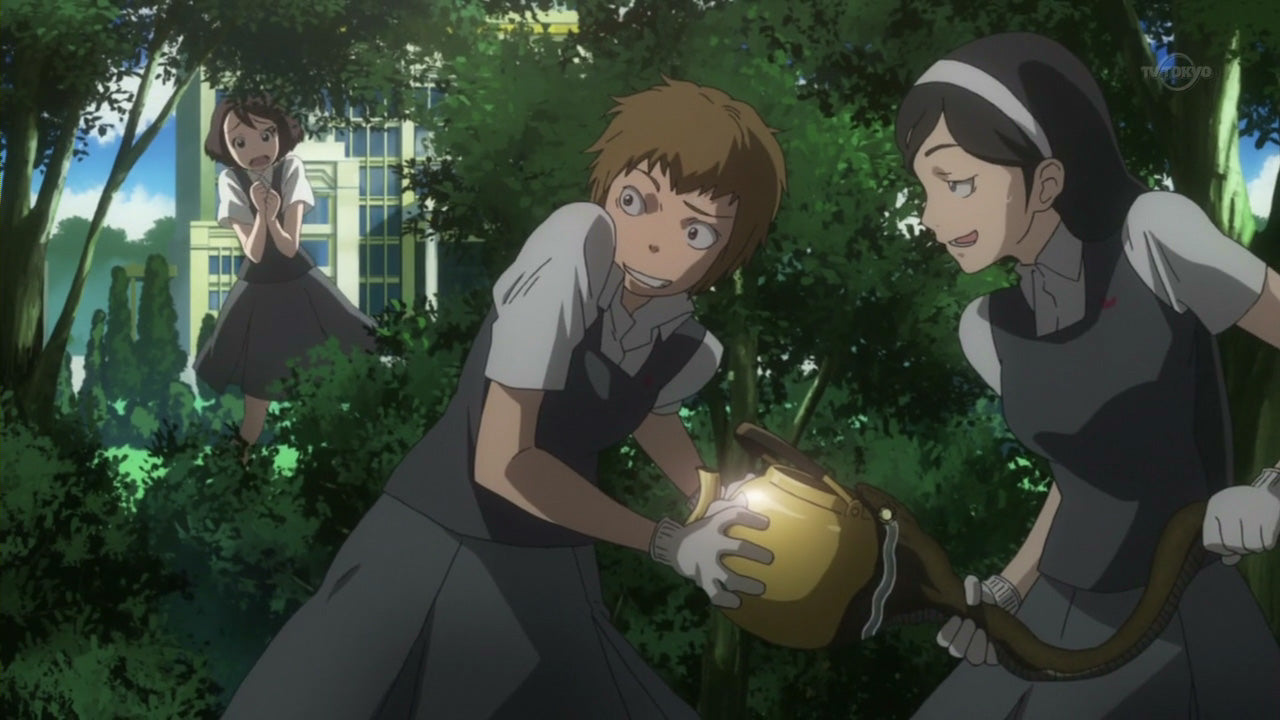
Maya returned to the academy in 1999 with the intention of taking over her late father's role as principal and destroying the academy. However, her plans are disrupted when she encounters Fumiaki, who informs her about the impending destruction. Despite their initial distrust, Maya and Fumiaki form an alliance to search for the Nostradamus Key. To aid in their search for the Nostradamus Key, the time agents are equipped with special cell phones.
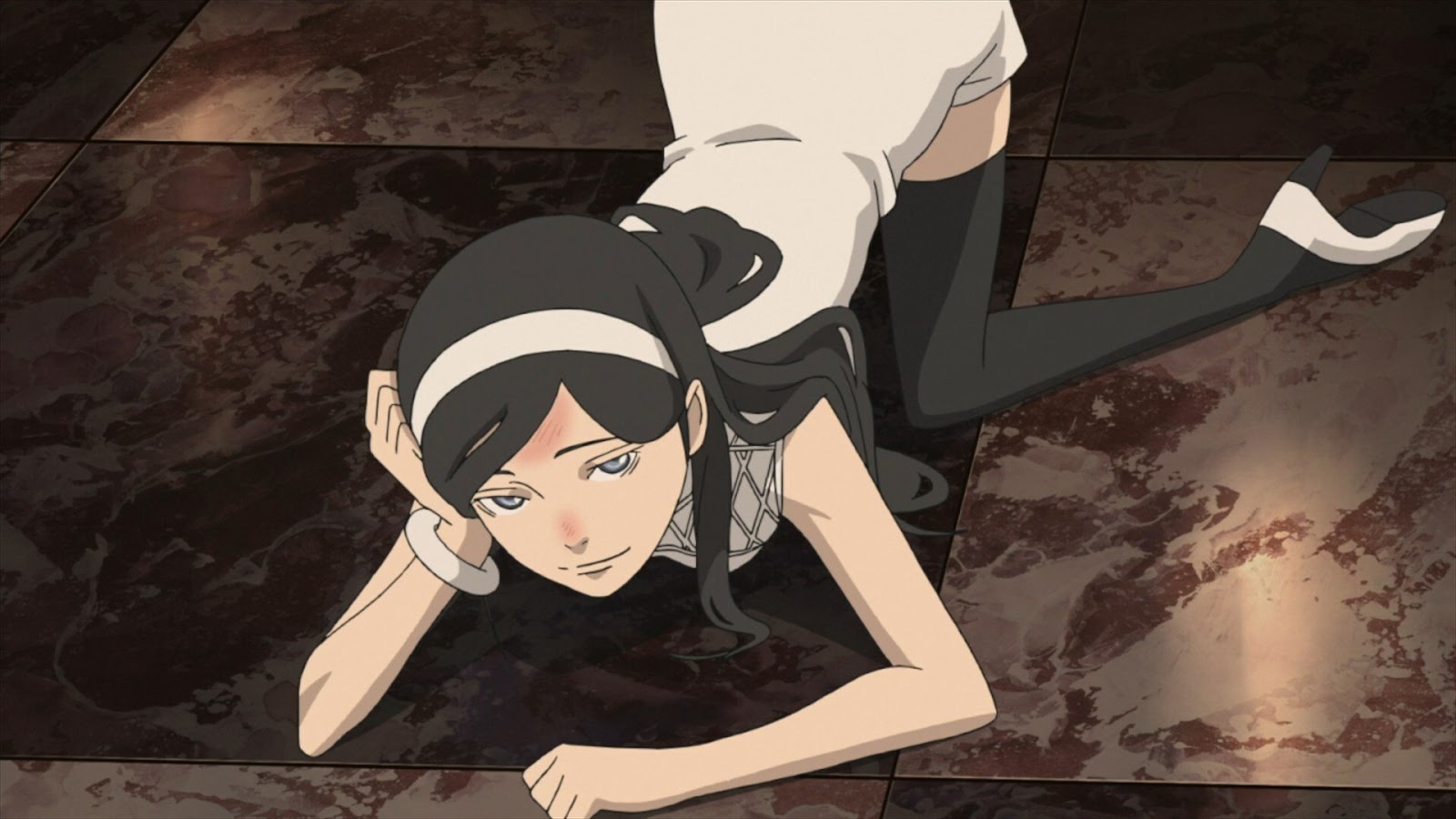
These phones allow users to identify potential objects of interest by taking a photo and envisioning the destruction of the object. If the resulting image shows a peaceful world, it signifies that the object is the Nostradamus Key. On the other hand, if the photo displays destruction, it indicates that the object is not the key. Maya and Fumiaki utilize these phones to investigate occult phenomena occurring in the town.
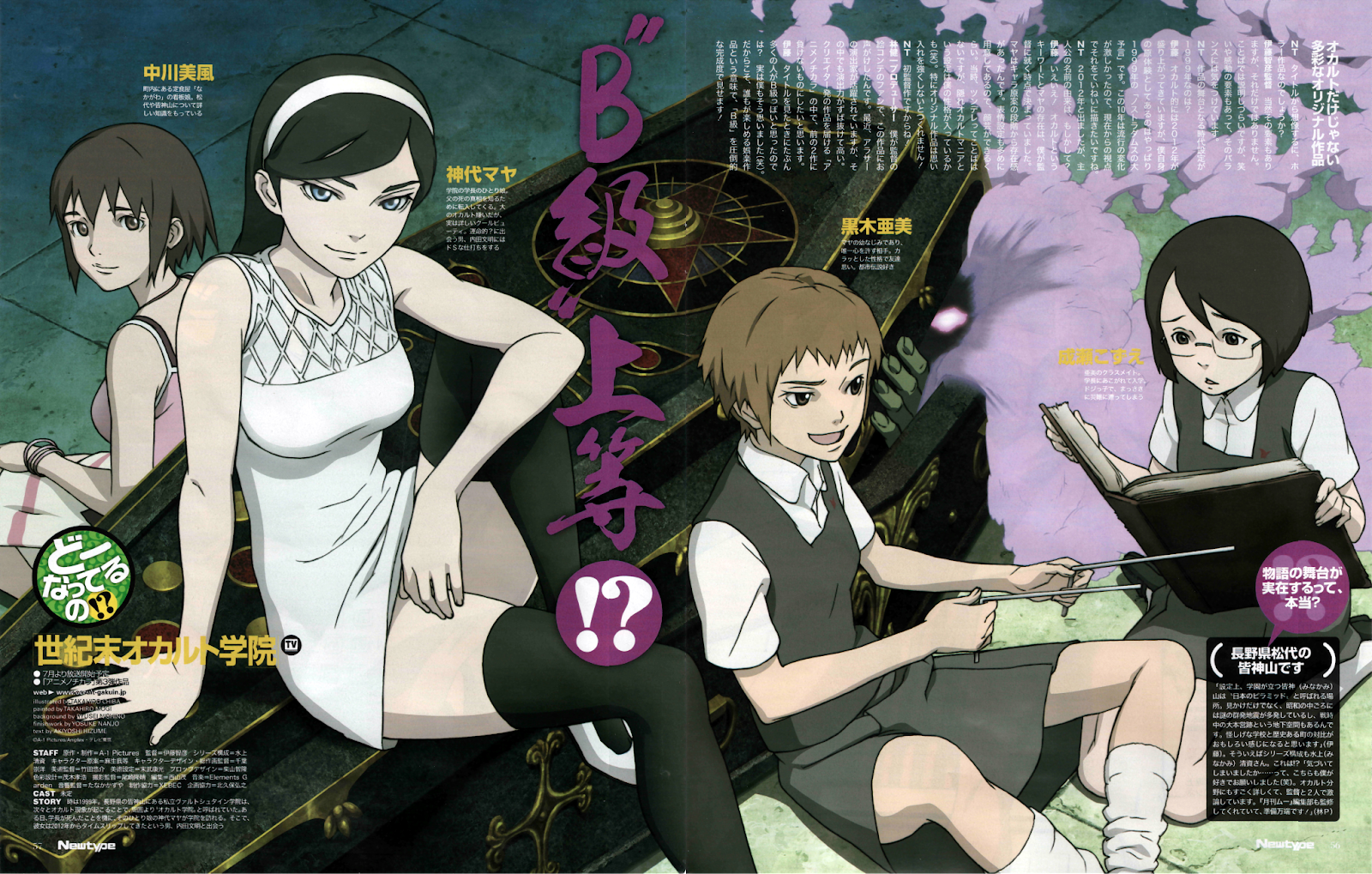
As you can guess, the story primarily takes place at Waldstein Academy on Mount Minakami in Matsushiro, Nagano Prefecture. At first glance, Seikimatsu Occult Academy presents a reasonable setup. The initial plot seems straightforward, and there are glimpses of potential for an intriguing story in the first episode. However, unfortunately, all that promise quickly dissipates as the series progresses.
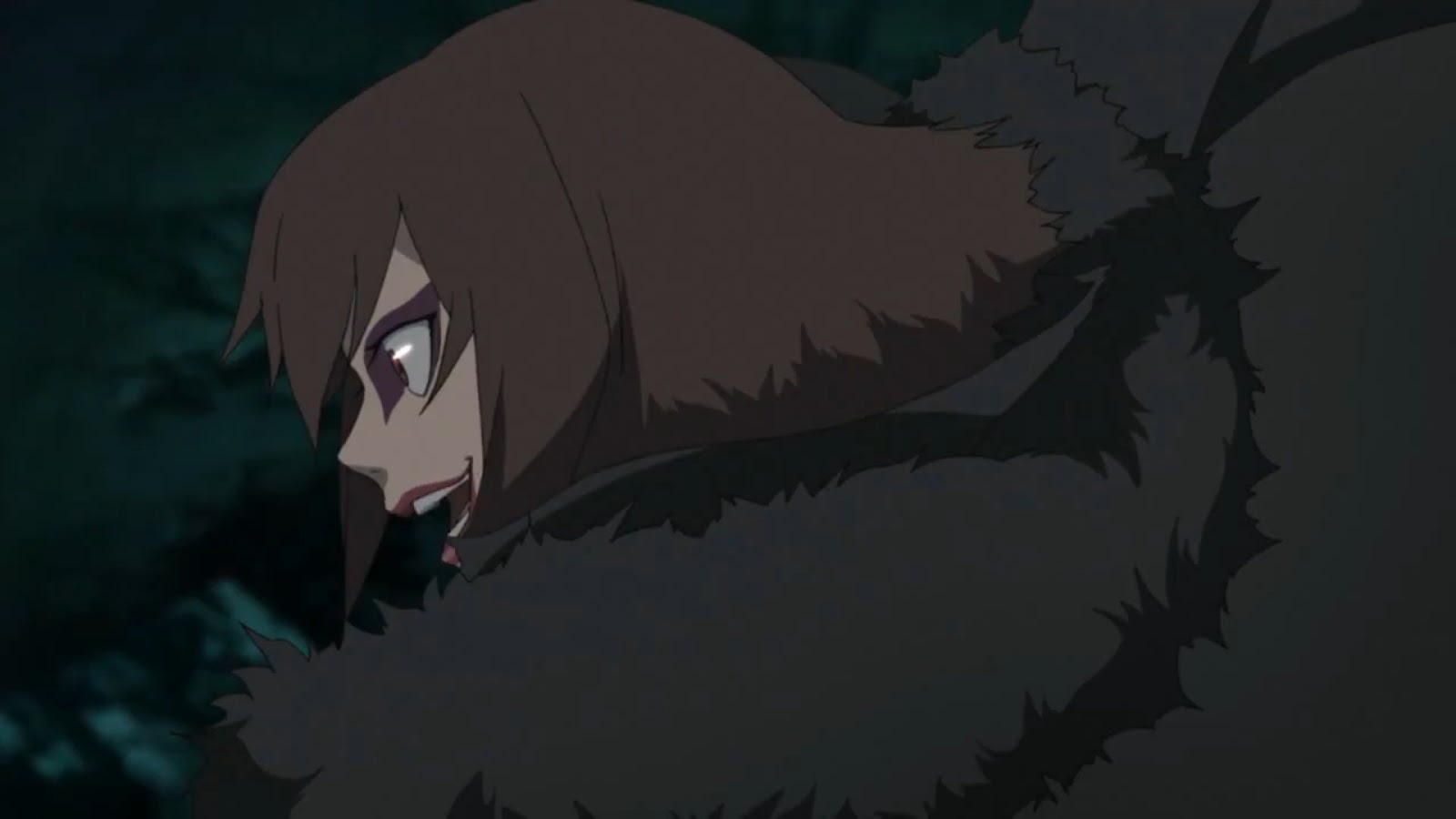
The show fails to live up to its early potential and falls short of delivering a compelling narrative. It starts off well, but the addition of too many plot threads becomes overwhelming and detracts from the series' focus. The director, being inexperienced, struggles to handle the complexity. Eventually, the different aspects of the story start to come together, but there's a predictable quality to it due to trying to incorporate too much. As the series progresses, it becomes episodic, with more emphasis on introducing occult trivia rather than advancing the story.
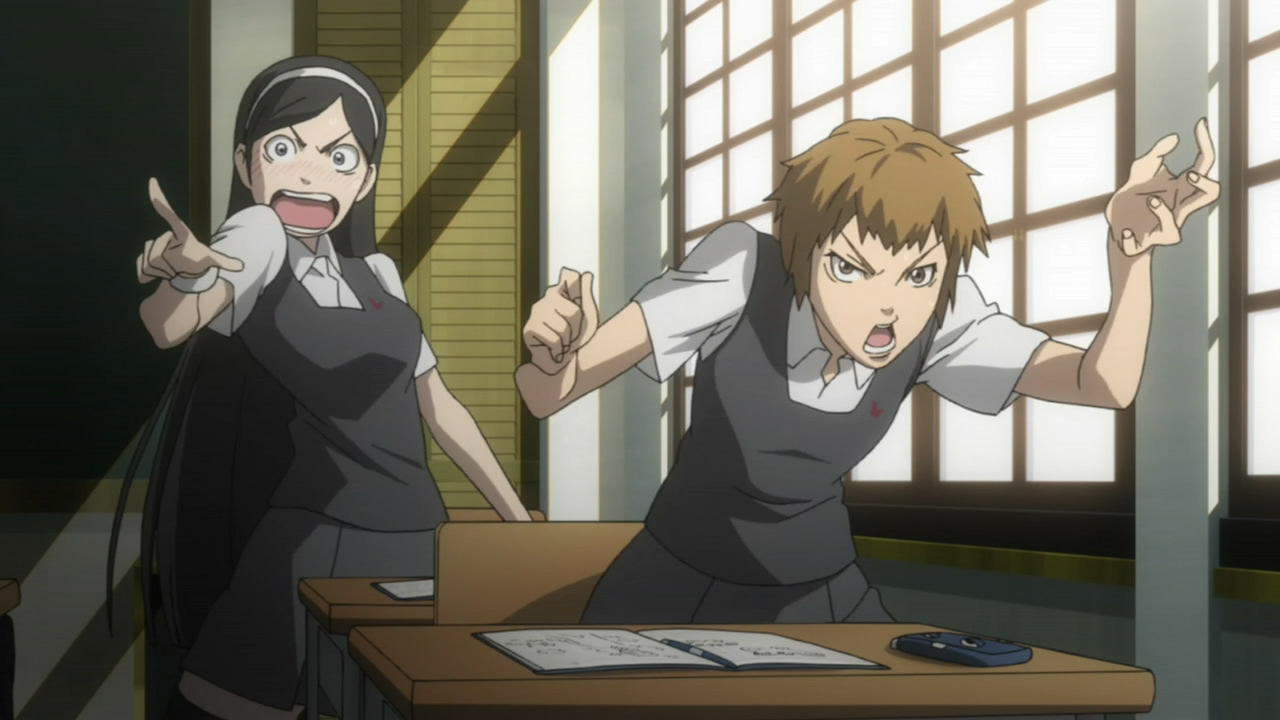
There are issues with how the plot unfolds, particularly with a ten-episode buildup that is quickly explained in a mere five seconds, which feels disappointing. It seems like the purpose of those episodes was mainly to create obstacles rather than serve a meaningful narrative.
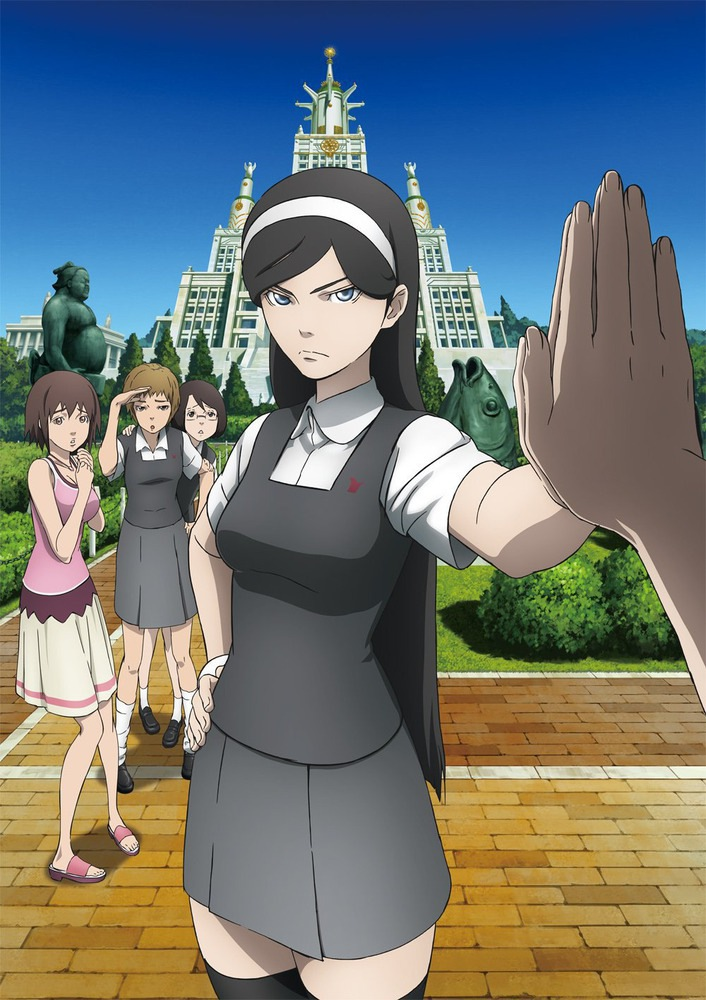
Throughout their journey, the team of heroes encounters numerous paranormal events. However, it becomes bothersome how conveniently and easily they stumble upon occult mysteries, which should inherently be difficult to find. Initially, the rushed summary of these events was off-putting, but upon reflection, it seems fitting considering magic is the most well-known occult mystery. Nevertheless, there remain significant plot holes, such as the connection between the Ramachandran-Fischer conjecture and alien invasions, as well as the time travel paradoxes in the ending.
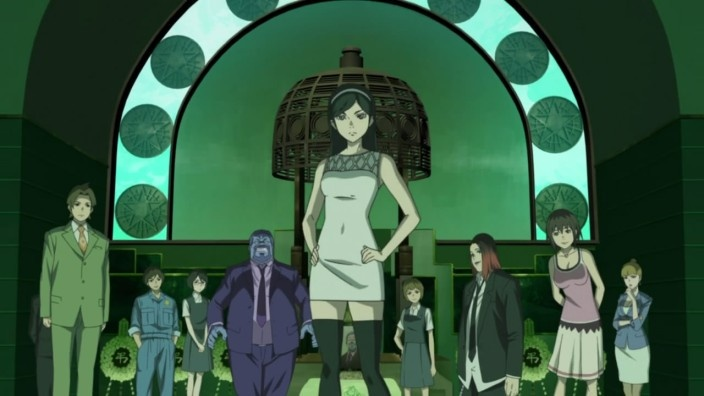
Maya is a character who fits the archetype of a tsundere, although the term wasn't coined at the time. She is a girl who struggles to express her true feelings, both towards Fumiaki and the world of the occult. On the other hand, Fumiaki is portrayed as a typical loser who lacks competence and often gets carried away. He can be compared to Nobita from the Doraemon series. However, despite their flaws, both characters have a troubled past that they gradually conquer as they embark on their adventures.
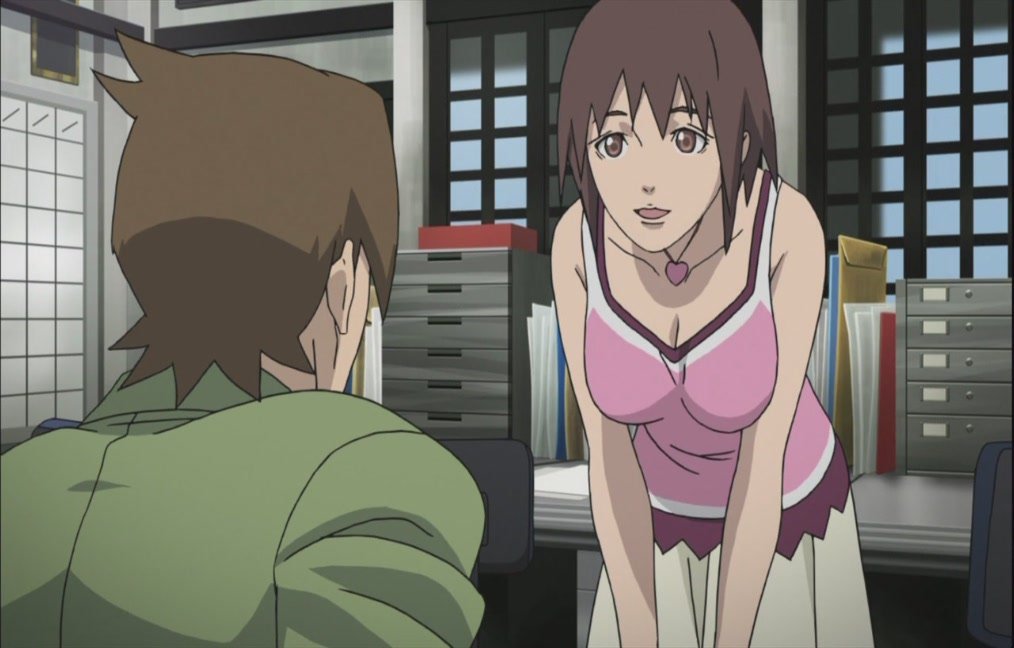
The side characters in the series are severely underutilized. We are left completely in the dark about their backgrounds, and their personalities remain flat until the end. It seems like their main purpose is to facilitate otherwise implausible plot developments. JK appears whenever someone goes missing, playing the role of a finder. Smile simply follows JK and fights against the villains. Mikaze is revealed to be the mastermind behind the occult incidents at the academy, but it's never explained why she would benefit from allowing aliens to rule the world.

Unlike in many other anime, the names of the main characters in Occult Academy hold significant meaning. Their names are featured in each episode's title, and if you rearrange their meanings, they form something new. For example, Bunmei represents civilization and knowledge, Maya represents illusion, Mikaze represents divine wind, Kozue represents treetop (for more details, you can search online), Ami represents net and friend, and Akari represents light.

This anime has impressive artwork that I personally adore. The style is clean, polished, and unique, perfectly reflecting each character's personality. The animation is generally good, although there are a few instances where the character movements appear strange. Fortunately, these moments are infrequent. It's worth noting that Maya's preference for the short dress she wears in the present is evident in her childhood flashbacks, as she has an identical design.

The music in Occult Academy alternates between occult-themed sounds and more traditional folk tunes. It's a refreshing change from the constant occult themes, providing a break from the spooky atmosphere. This variety prevents the show from becoming overwhelming with occult elements.
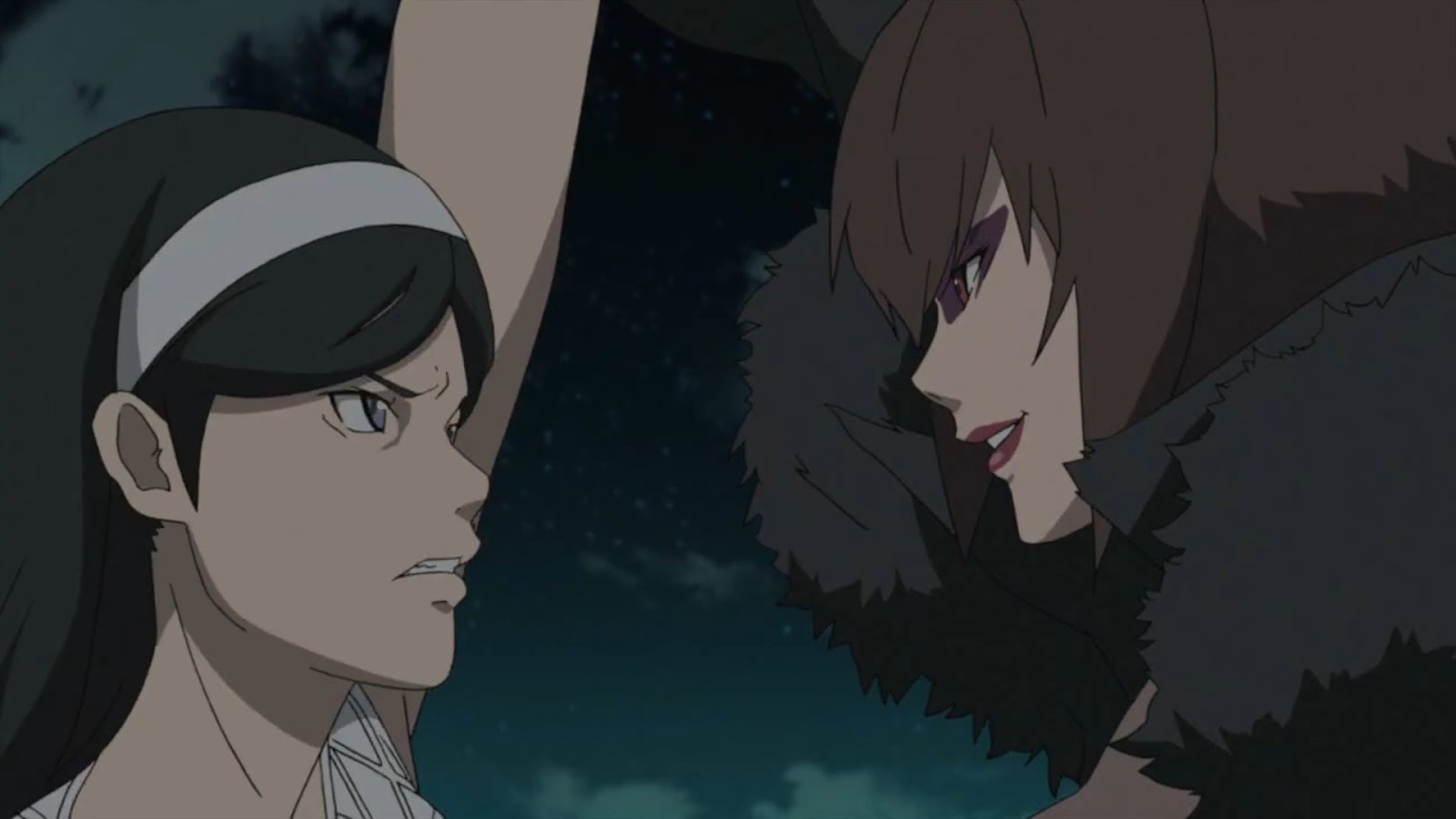
The opening theme of the series is titled "Flying Humanoid," and it features lyrics, music, and arrangements by Kenta Matsukuma. The vocal artist for the opening theme is Shoko Nakagawa, and the song is released under the Sony Music Records label. On the other hand, the ending theme is called "Kimi ga iru basho" (The Place Where You Are).

Masato Nakayama from Elements Garden wrote the lyrics for the closing theme, and Junpei Fujita from Elements Garden created the music and arrangement. Ayahi Takagaki lends her vocal talents to the ending theme, and it is released under the label Music Ray'n.
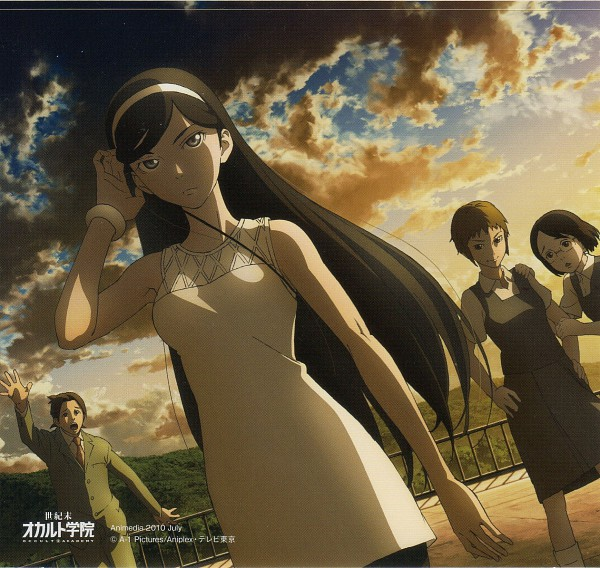
The show delivers a powerful message about keeping an open mind and forging our own paths in life. It encourages independence and self-reliance, which is commendable. To appeal to a younger audience, some adjustments could have been made, such as slightly longer skirts and toning down Mikaze's seductive portrayal. However, it's important to note that the series is intended for viewers over the age of 17, as it carries an R-rating.

Giving praise where it is due, there are a number of interesting plot points thrown into the mix, but they are largely distracting, making them a bad element in an anime that can’t support its own weight. If you are someone who doesn’t mind such issues much, you may have a decent watch here. However, I felt that there was no adequate justification for what occurs throughout the series and that the entire plot was the result of one of Haruhi's delusions.
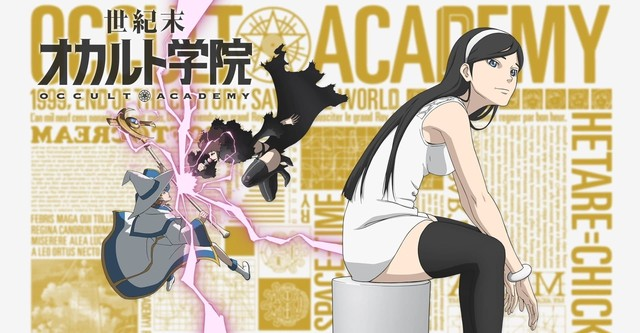
Seikimatsu Occult Gakuin can be considered a disappointing show if viewed solely as an occult anime due to its attempt to tackle numerous occult mysteries within a limited number of episodes, leading to technical flaws. However, it becomes captivating when approached as a fantasy/adventure anime.
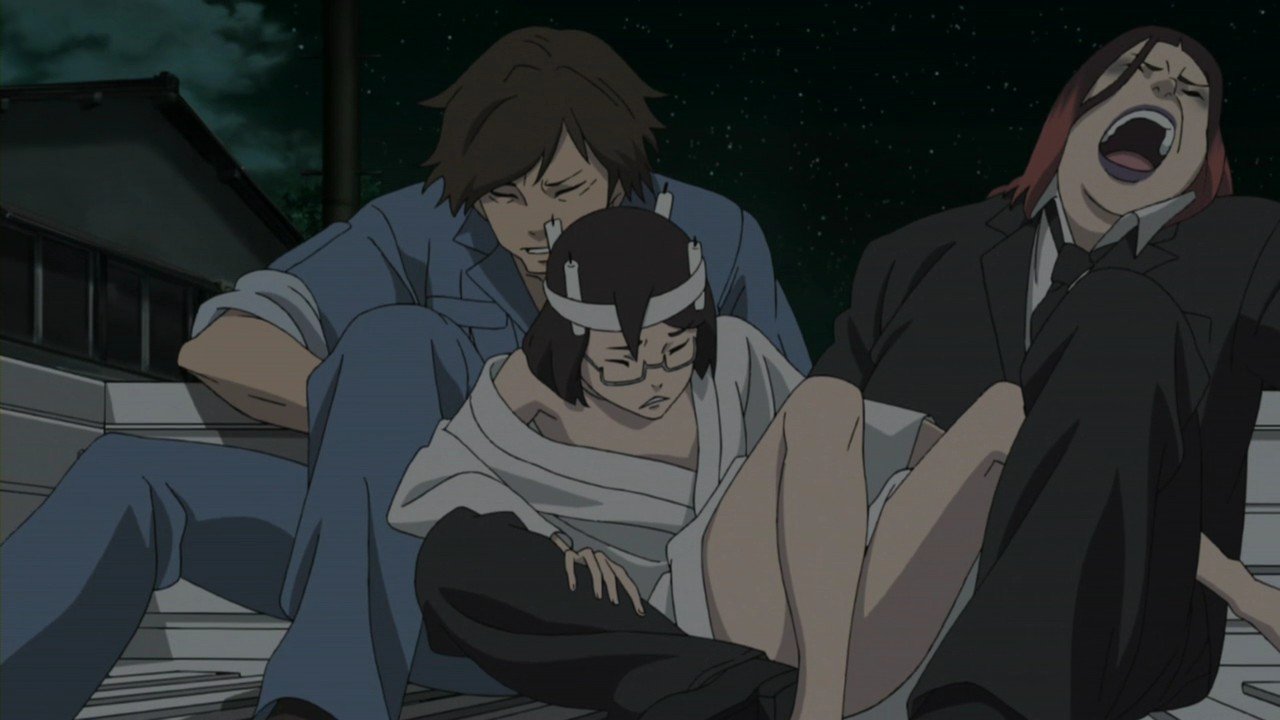
The series delves into dreams and explores the allure of the supernatural, making it an intriguing watch from that perspective. Overall, I would recommend it to those interested in fantasy and adventure elements. If you’re not, but are still curious, give the first three episodes a watch and judge for yourself. This way, you can turn away as soon as you feel sour.

Please Like, Comment, Share or click one of the links below to read another post.
https://pinnedupink.com/blogs/random-thoughts-because-mondays-suck
https://pinnedupink.com/blogs/on-screen
https://pinnedupink.com/blogs/flashbacks
